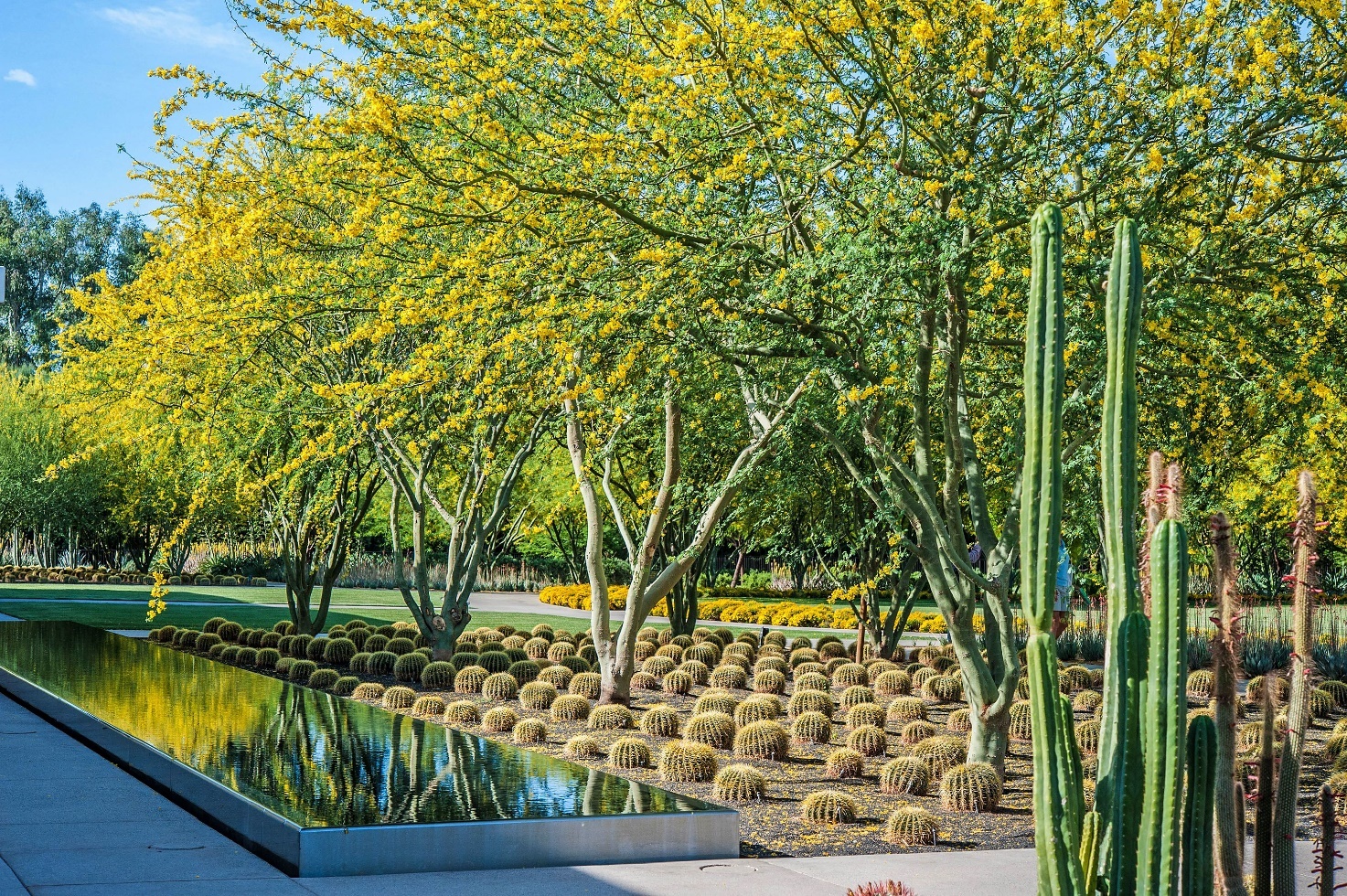More frequently than ever these days, building companies implement sustainable architecture, innovative interior design technologies and techniques, and use organic, chemical-free materials and products to preserve natural resources, prevent climate change, and save the planet’s biodiversity.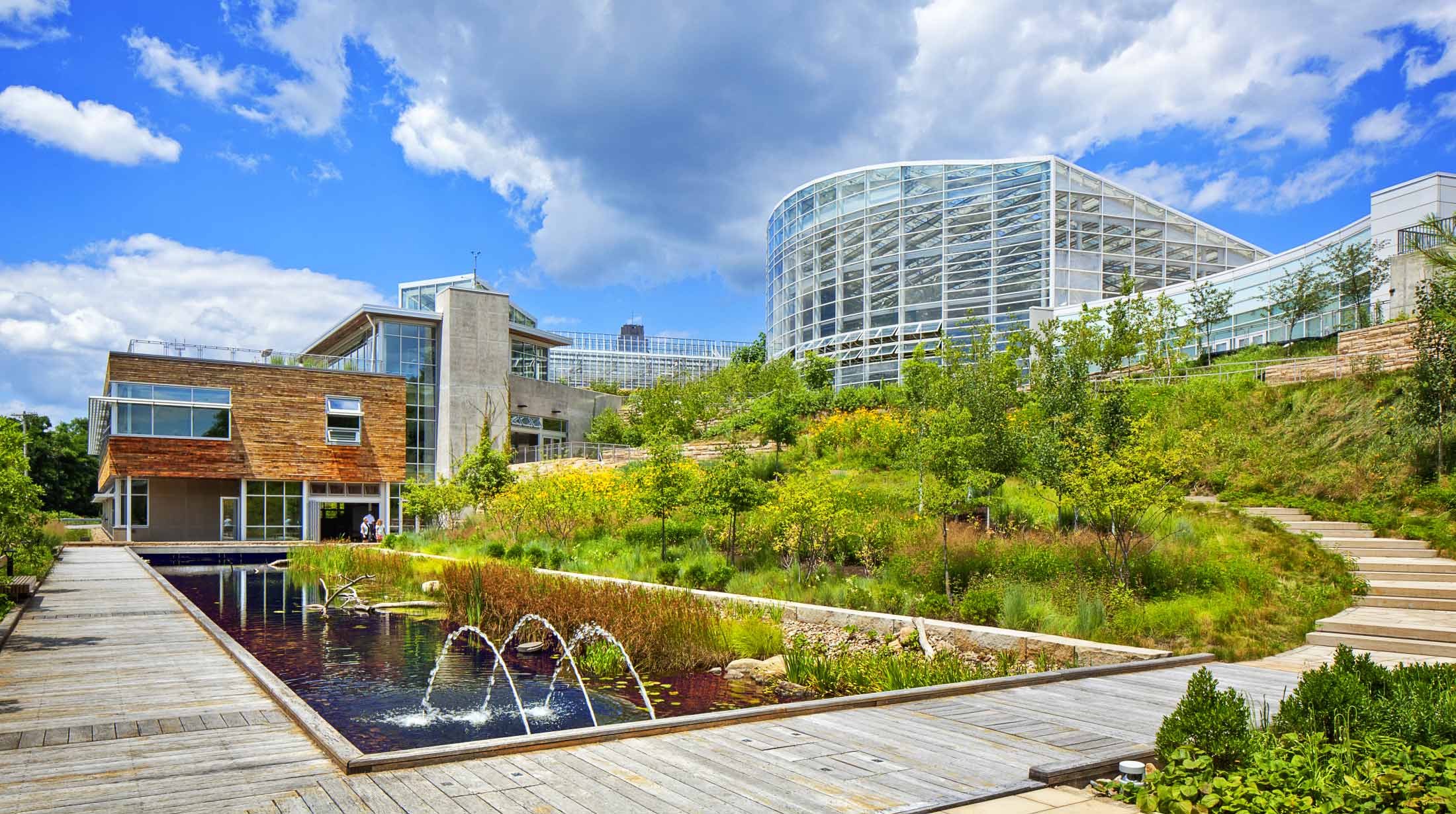
With environmentally friendly initiatives and technological innovations, we can prevent climate change and reduce our carbon footprint without sacrificing elegant architectural lines and design elements. For healthy living on Earth, we need to make sustainable changes in different areas of our lives, from food and clothing preferences to designing our abodes.
The Essentials Of Sustainable Design And Architecture
To support human health and save our planet’s ecosystem, construction companies should use new building methods, instead of non-energy-efficient, traditional ones.
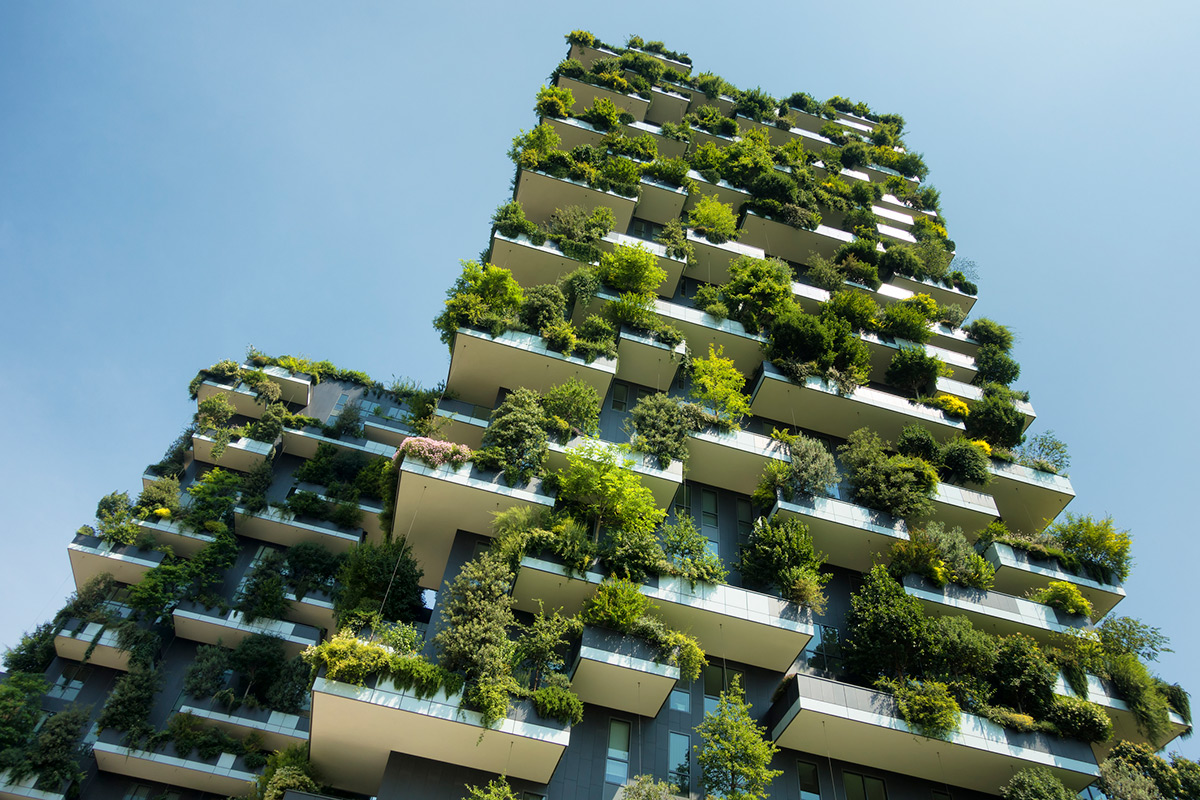
The Ecological Impact of The Traditional Construction Industry
Building firms need to replace unsustainable architecture and design practices with environmental-friendly methods because of the following reasons:
- Conventional buildings have a greater negative impact on the air quality and water usage.
- Attaching new houses to the electricity grid causes a strain on energy and increases fossil fuel energy consumption.
- Producing and transporting materials and products can devastate natural resources including wood, bamboo, and minerals. Also, such processes increase greenhouse gases in our atmosphere.
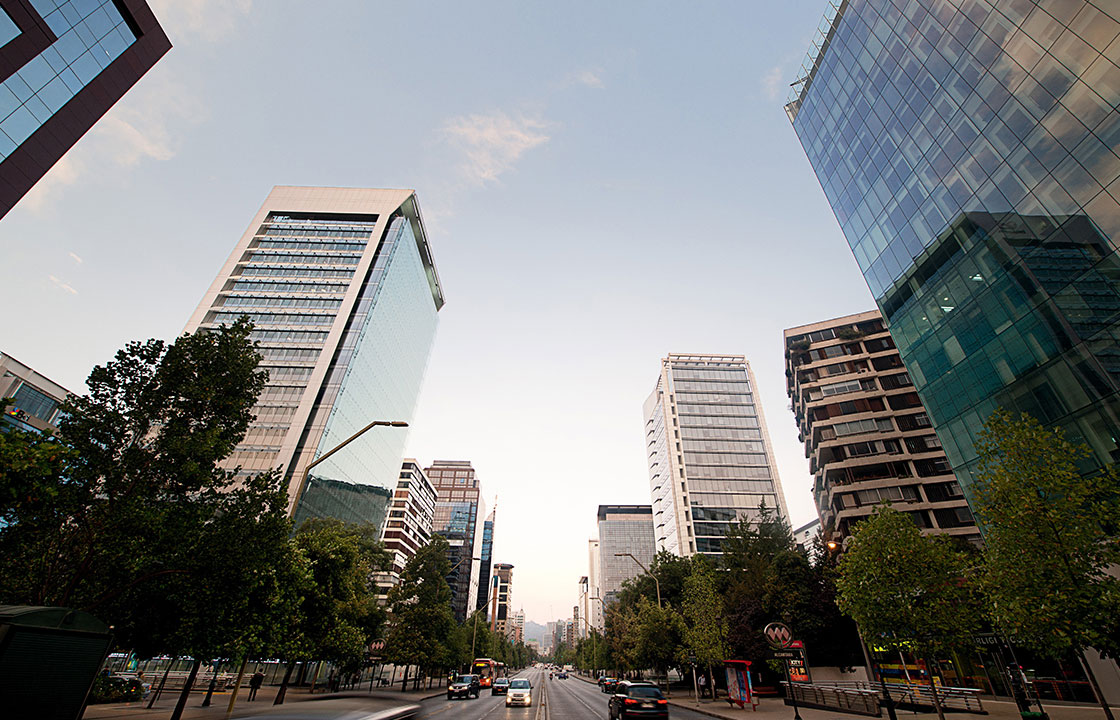
How To Make Buildings Eco-Friendly
Sustainability in eco-friendly architecture and interior design can be achieved by:
- Using new technologies, techniques, and materials to reduce water and energy consumption.
- Installing renewable energy resources, such as solar panels and/or wind turbines.
- Minimizing water and electricity usage with water-saving and energy-efficient sustainable methods.
- Buying products and décor items produced by local makers to reduce air pollution from transportation.
- Developing carbon sequestration practices (for instance, growing green plants) to reduce global climate change.
- Choosing organic, energy-efficient materials, such as wood, bamboo, stone, clay, etc.
- Creating eco-friendly landscapes with native vegetation.
- Using patterns and colors with a natural flair, which is a smart way to create nature-inspired, aesthetic homes.
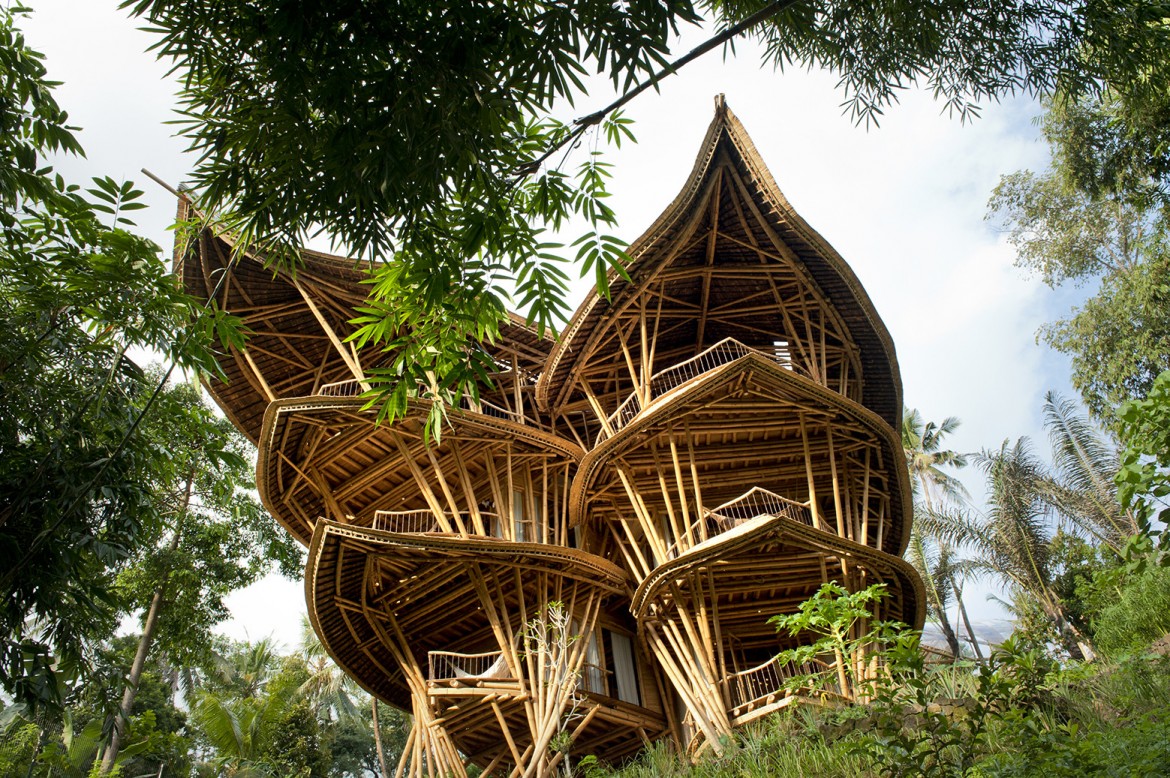
Sustainable Decorating Solutions
To make your home environmentally friendly and increase your well-being, you and/or your designer need to take significant steps:
- Opt for large windows to increase natural light. As a result, you’ll need fewer artificial lights.
- When you choose light bulbs, select energy-saving LEDs (Light Emitting Diodes). Such a technology transforms 15-30% energy into light, as compared to approximately 2% for incandescent light bulbs.
- Use plenty of greenery to improve the air quality inside your home.
- To style your apartment, opt for vintage and antique furniture pieces and details. It’s easy to refinish such elements and give them a new life. Old-world details, such as a vintage phone or clock, or porcelain vase or statuette, bring chic vibes into your home.
- Use natural textiles made from plant- and/or animal-based fibers as upholstery or re-upholstery fabric.
- Select durable rugs made from natural fabrics, such as wool, jute, sisal, or seagrass.
- Both hardwood and stone flooring are a perfect natural choice for sustainable dwellings. They are easy to clean and maintain.
- Choose organic, hypoallergenic paints for walls and surfaces. These release fewer toxic emissions into the air than conventional paints, which contain dangerous chemicals.
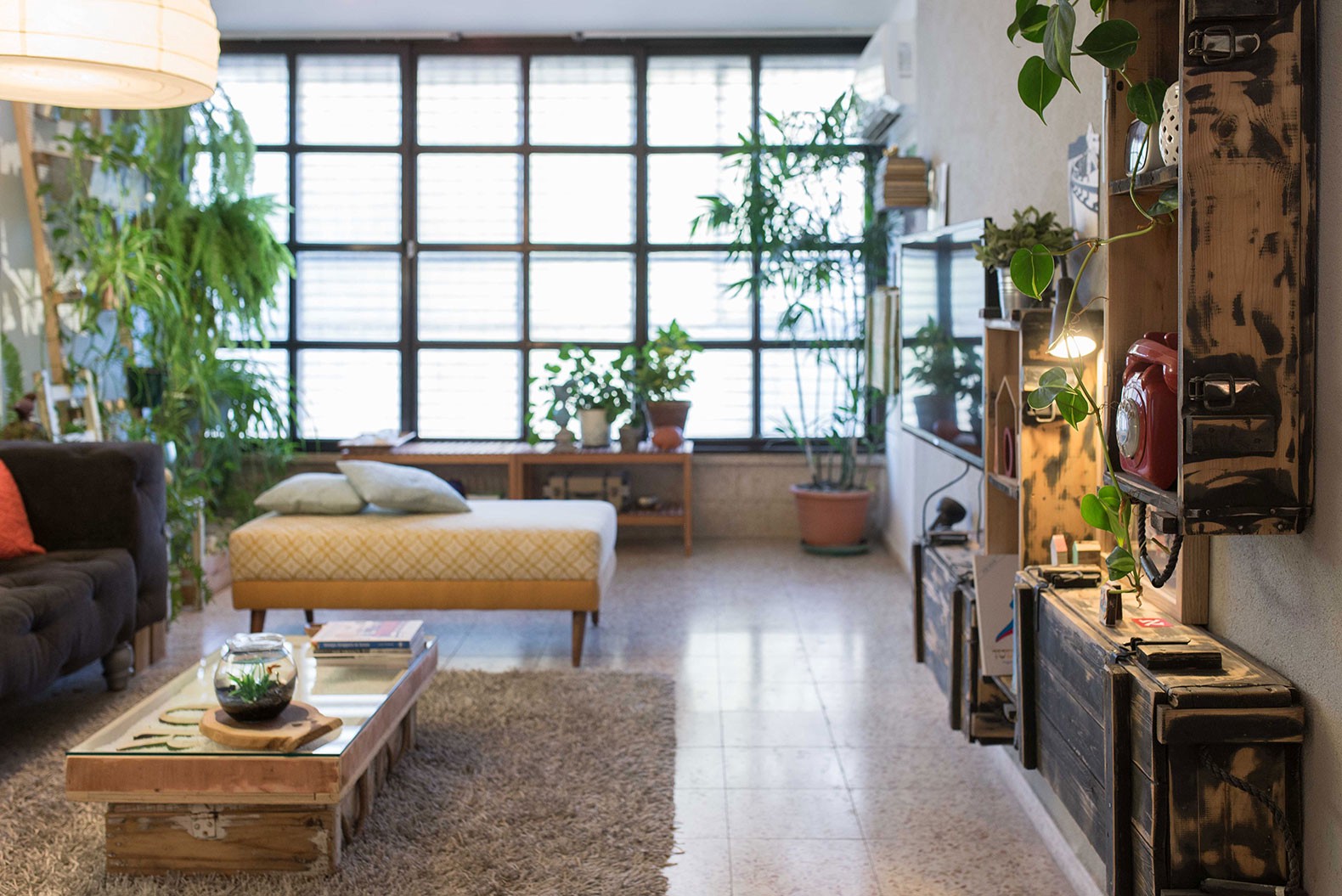
LEED-Certified Buildings
According to the U.S. Green Building Council, residential and commercial buildings together account for almost 40% of global energy-related CO2. Green buildings which are LEED-certified are a sustainable solution for both the economy and the environment and increase the standards of living.
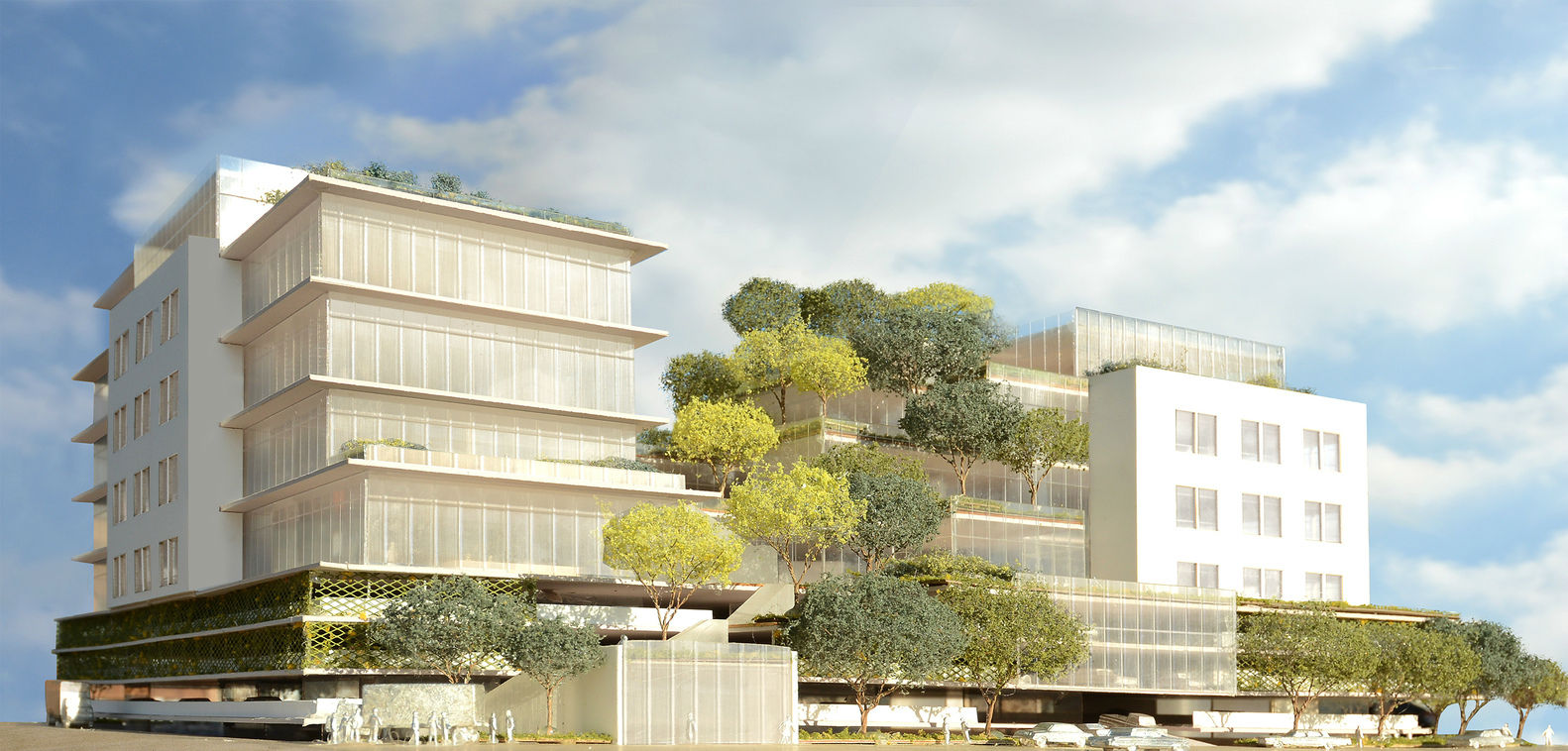
Eco-Friendly Houses
When we talk about an environmental-friendly approach for private abodes, keep in mind that a smart location is an important energy-efficiency factor. If your dwelling is correctly oriented toward the sun, it will reduce the necessity for powered heating and lighting.
Also, think about installing green rooftops (climate-proof constructions) to promote environmentalism with useful plants.
Pros of green roofs:
- They provide a rainwater buffer by absorbing the rainwater in the vegetation, substrate, and drainage layer.
- Green plants filter particulates from the air and transform carbon dioxide (CO2) into oxygen (O2). With the air-purification capacities of greenery and other vegetation, we can breathe air without toxins.
- Plants on green roofs absorb sunlight: 50% is absorbed, 30% is reflected, and 20% is transmitted. As a result, the indoor climate becomes cooler. It’s an energy-saving solution to lower the indoor temperature in summer, because it requires less air conditioning.
- Green plants extend the lifespan of your roof by protecting roofing materials from external influences of the sun, wind, rain, and temperature fluctuations.
- Thanks to the vegetation on the green roofs, it’s easy to create a natural environment for birds and insects, as well to increase biodiversity.
- Earth-inspired roofs provide a mood-lifting, peaceful ambience for relaxation and well-being for all inhabitants.
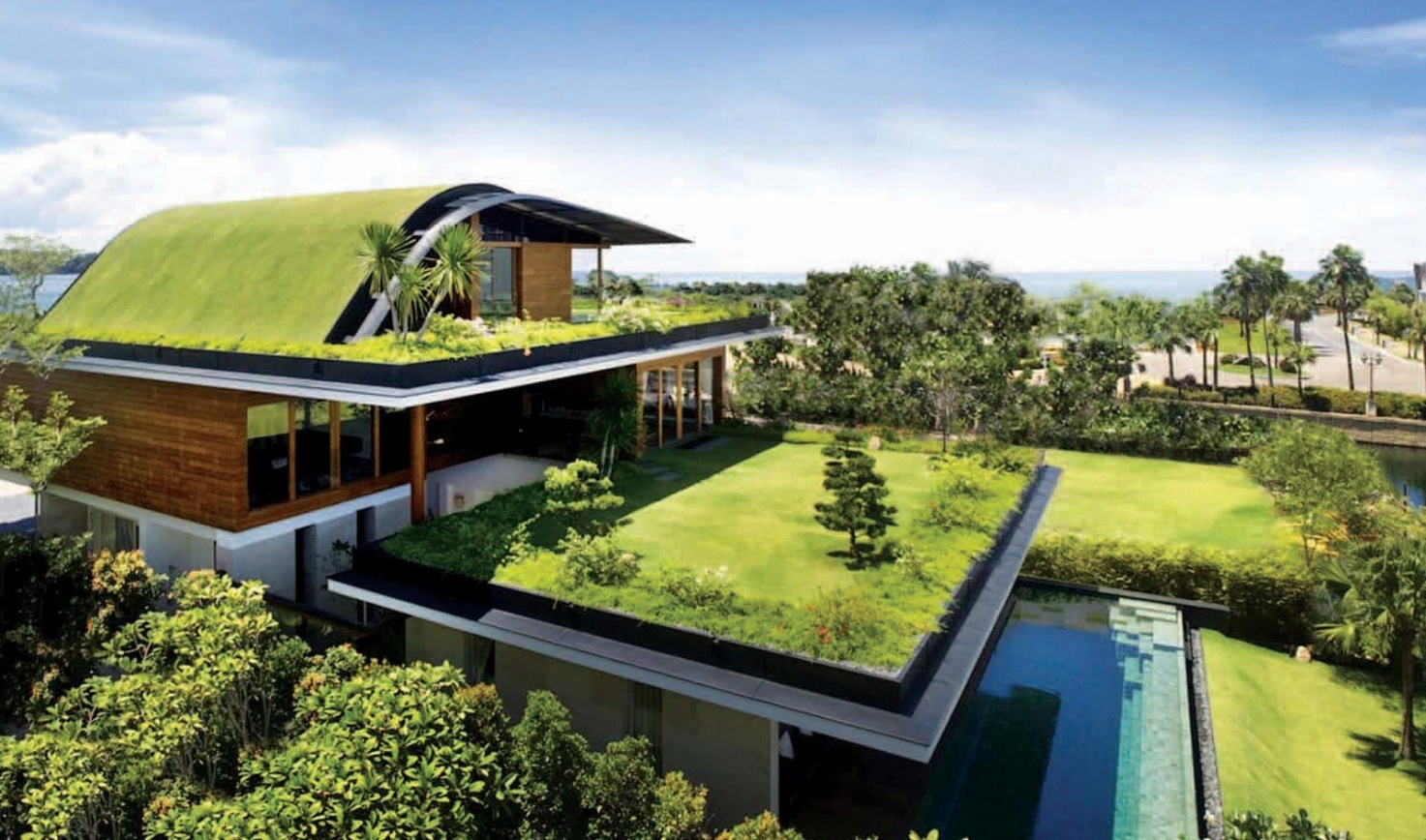
If you like small houses, a bamboo abode is a great nature-themed choice with a cozy flair.
Bamboo is an earthquake-resistant material. It’s as strong as concrete, but lighter, which makes it easy to transport.
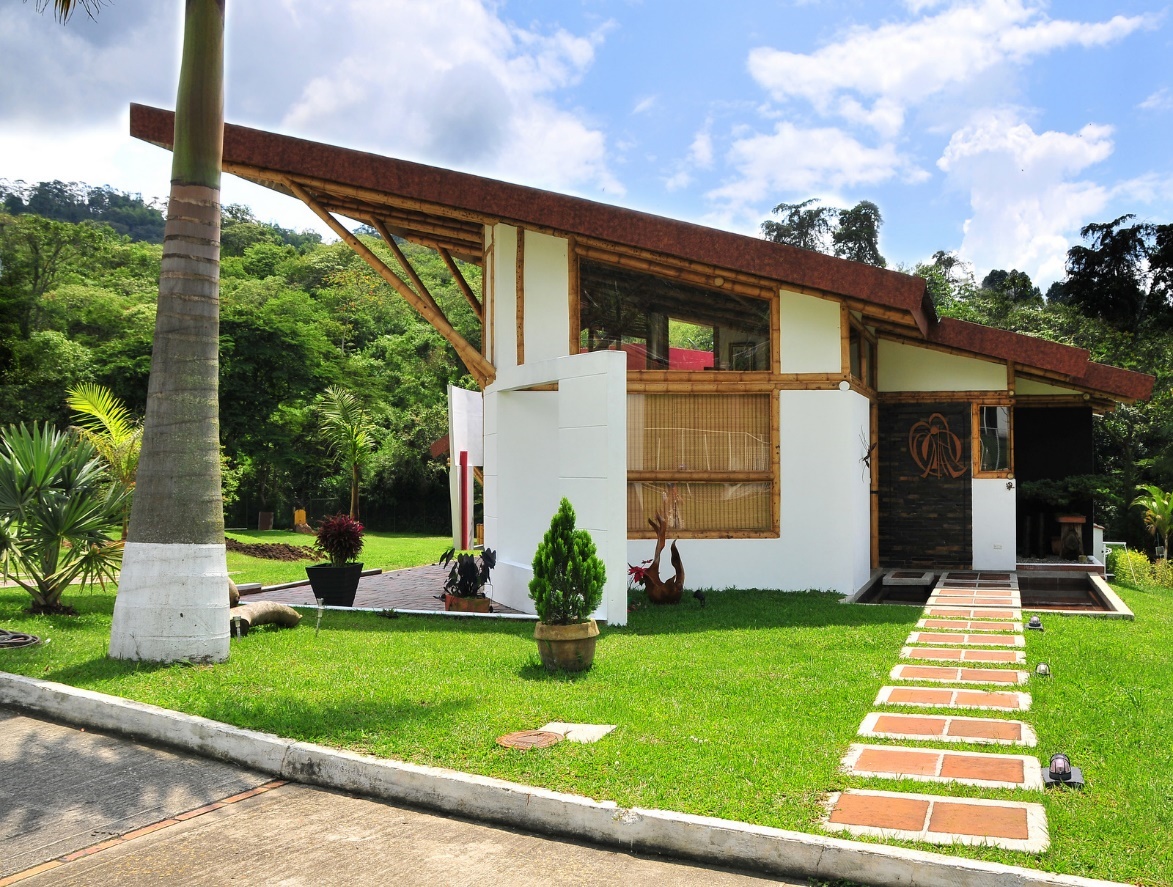
Sustainable Commercial Interiors
People pay more attention to the environmental side of the hotels where they stay, restaurants where they eat, and even office buildings where they work, to support their health and well-being. So the commercial construction industry tends to promote sustainability in both architecture and décor solutions to keep business competitive.
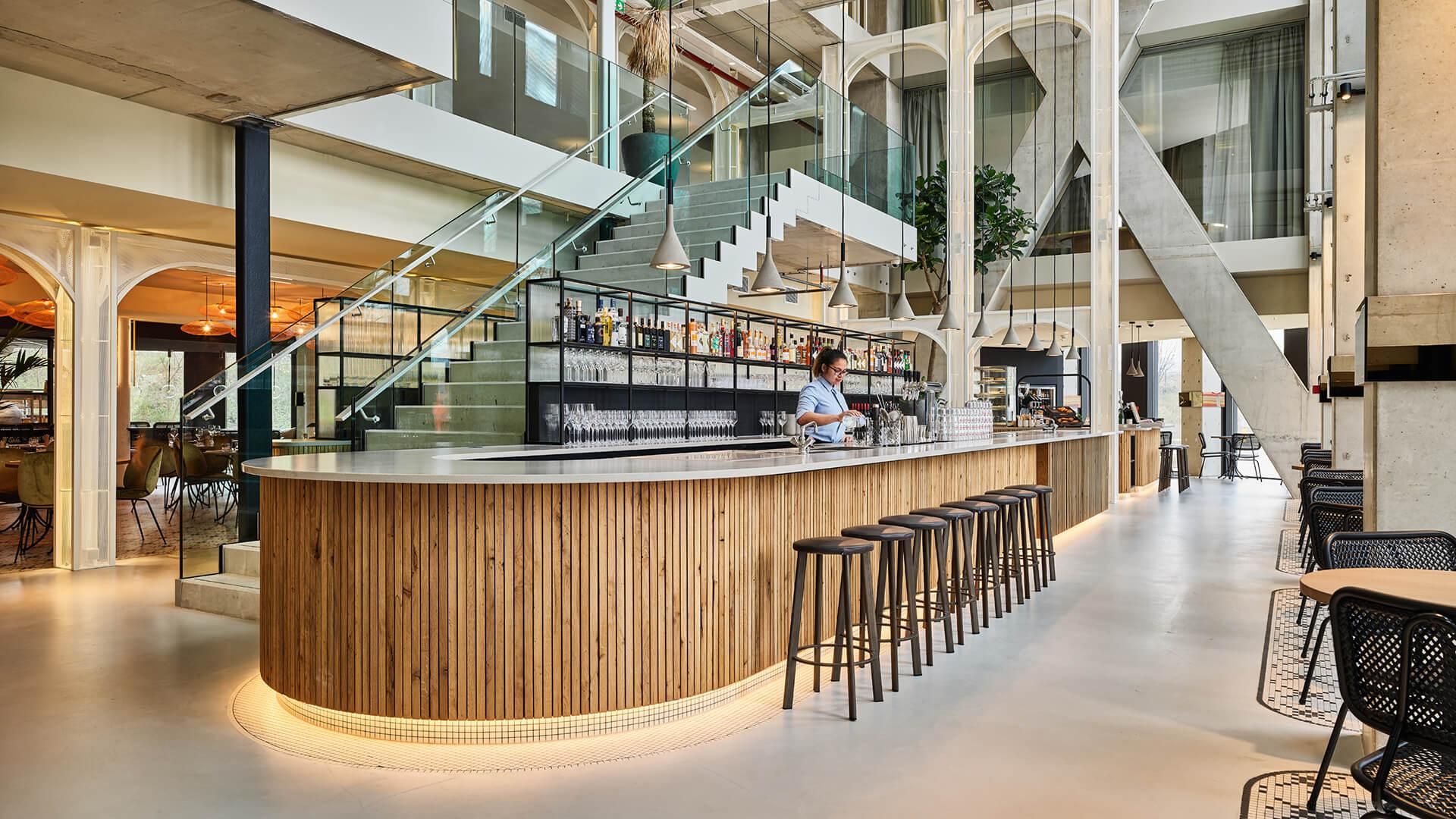
Green Office Design
Working in a green office increases cognitive functioning, because all the workers enjoy a high level of indoor air quality (IAQ) and overall comfort.
To increase the productivity of workers, architects need to develop the sustainable strategy of enhancing indoor air quality by removing pollutants from the office building through an effective ventilation system and filtering the air to make it cleaner and healthier.
To increase efficient use of daylight, construction companies need to choose smart places for windows and reflective surfaces. In this case, natural light is enough during the entire day in workspaces.
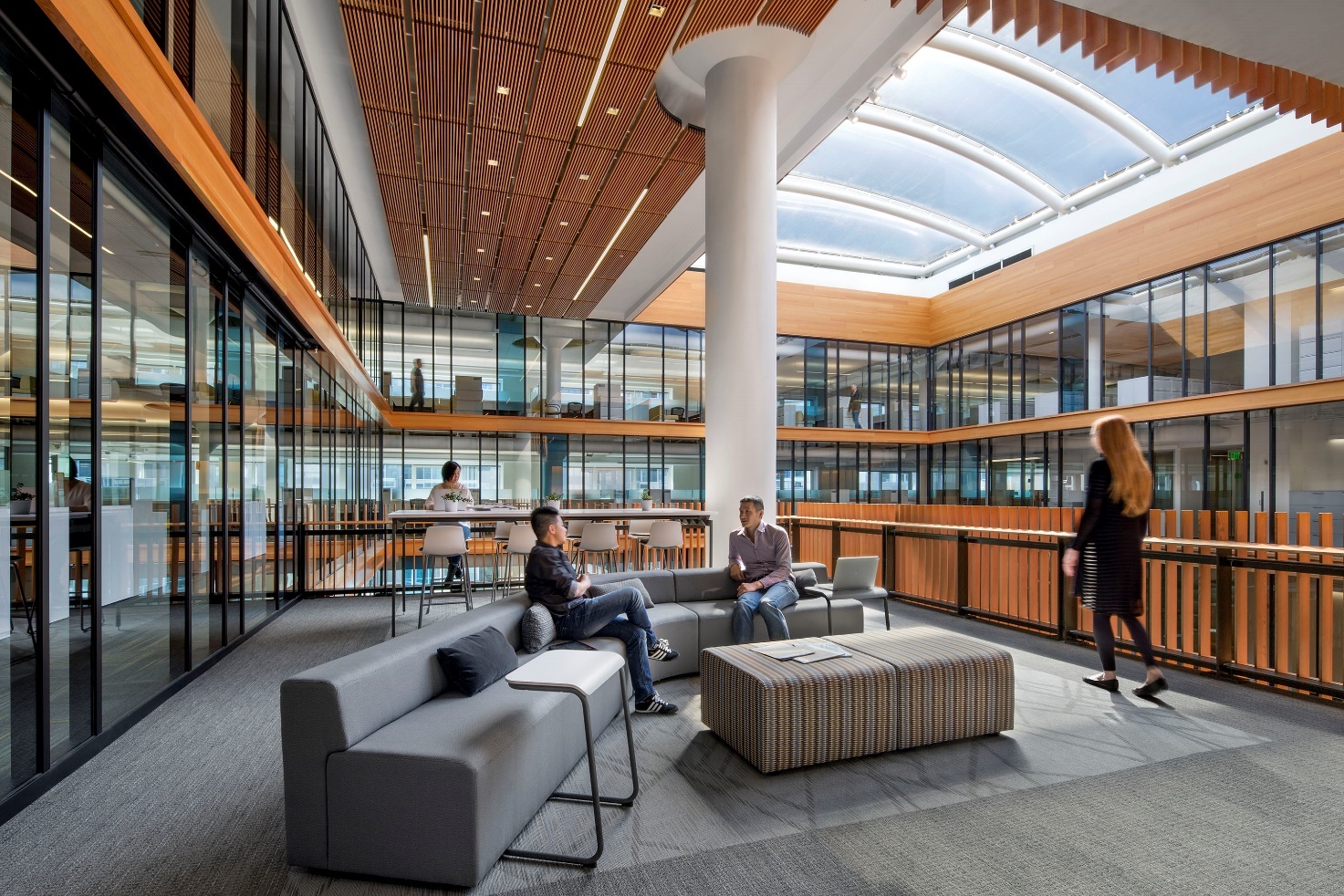
Environmentally Friendly Restaurants
If you visit a sustainable restaurant, you can eat eco-friendly food which was grown in compliance with earth-themed gardening methods, and enjoy the planet-inspired space.
When designers develop the decorating concept of a restaurant in a sustainable manner, they opt for:
- wooden furniture pieces and flooring
- natural lighting solutions
- an effective ventilation system
- nature-inspired colors and patterns
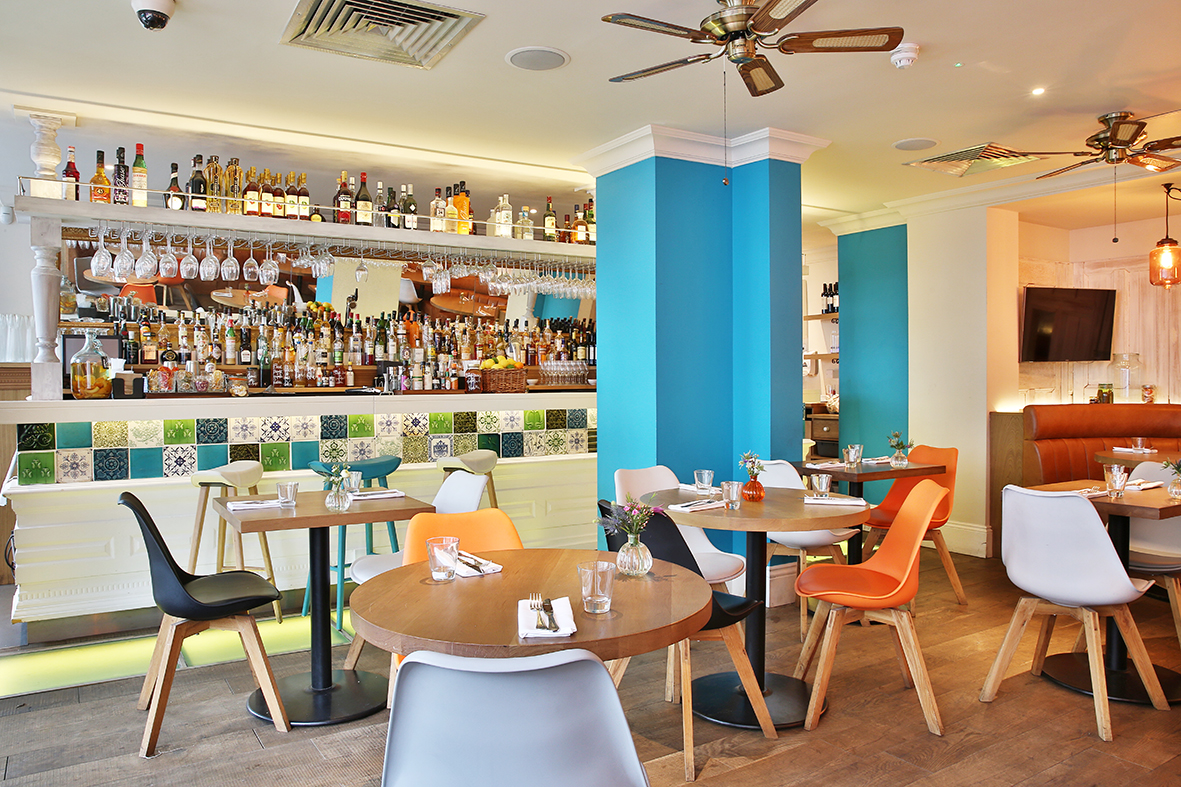
Integrate Biophilic Design Practices
Biophilic design shows how construction and décor solutions can encourage visitors’ well-being by increasing their connection with nature. Incorporating plants and other vegetation makes the restaurant environment greener. It’s all about healthy places with a strong bond between humans and nature.
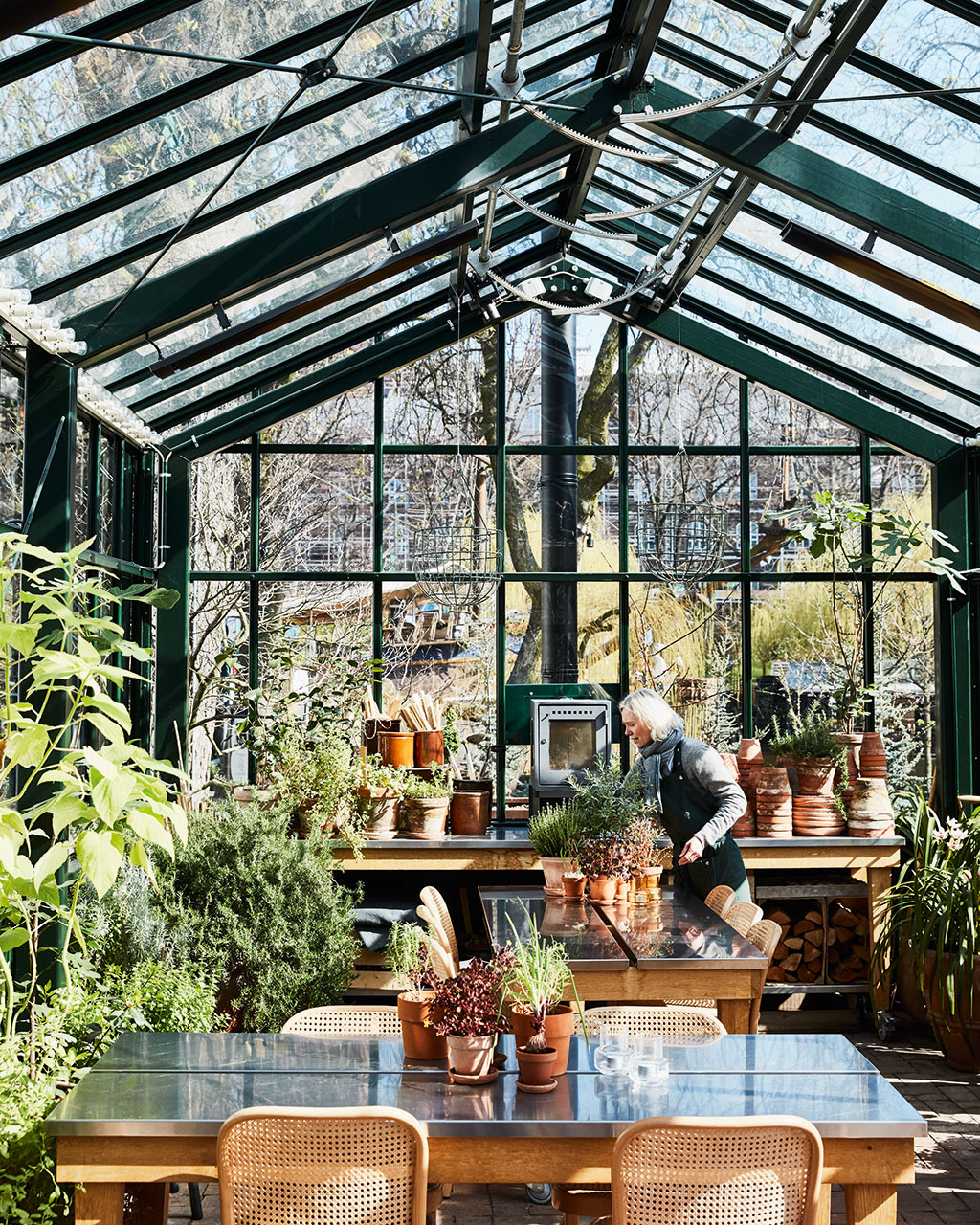
More About Greenery
If you like to spend time with your friends and relatives on the terrace of a good restaurant, it’s more pleasant if you can breathe clean air. A restaurant designed in a biophilic way, with a lot of vegetation, makes this possible. As a bonus, you can enjoy a magnificent view and be inspired by nature.
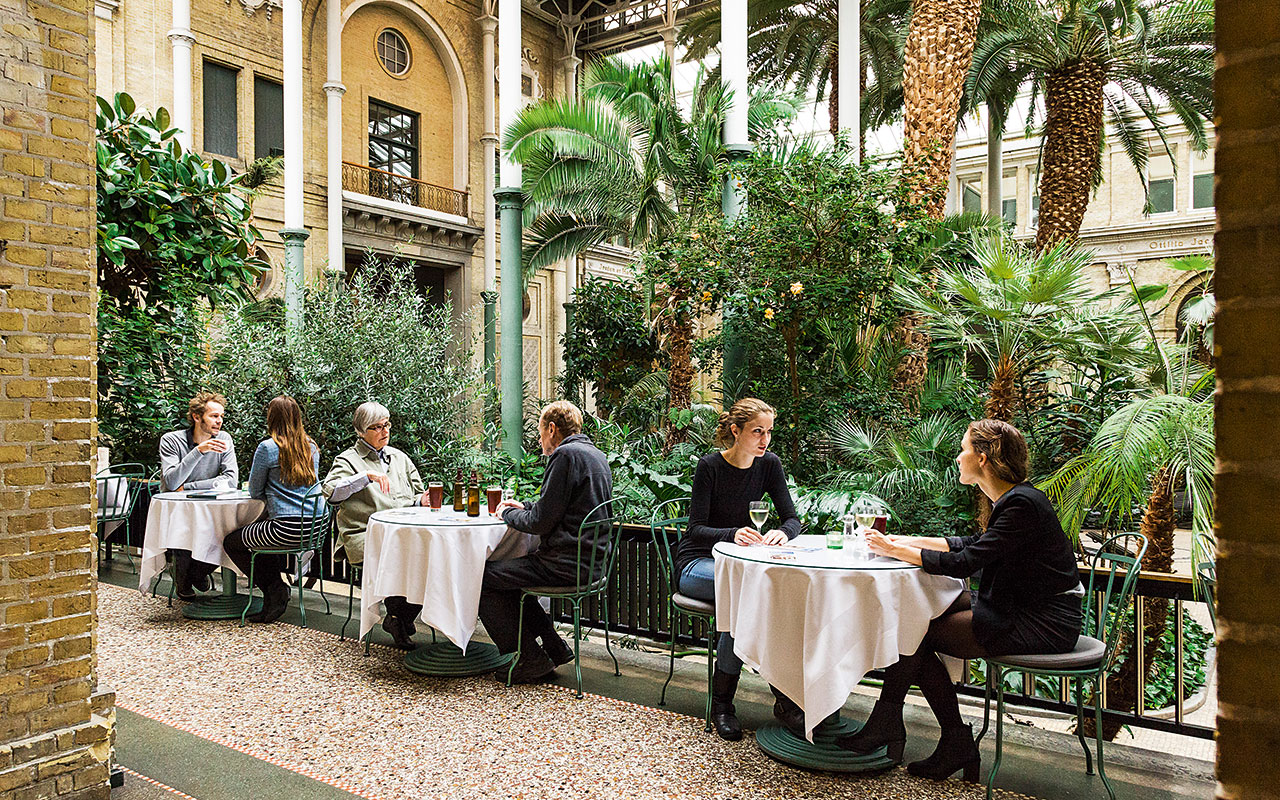
Environmentally Friendly Landscape Architecture
Sustainable landscape architecture is a category of eco-friendly design which relates to the planning and design of outdoor space.
A well-thought-out landscape project has both an aesthetic and a functional side. When you look at the beauty of nature around you, it boosts your mood and mental health. Smart landscape design solutions play a significant role in supporting the planet’s ecosystems.
For instance, a sustainable urban drainage system:
- improves habitat for fauna and flora
- embraces recreational qualities of the city
- prevents floods
